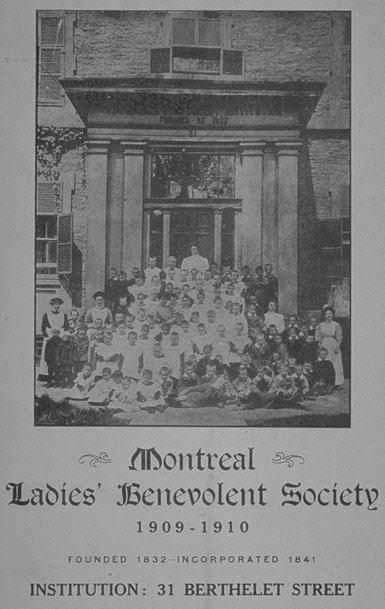 Figure 1.--The younger boys at this Montreal orphanage wear pinafore-type smocks. Some of the older boys look to wearing dark smocks with Eton collars. |

|
HBC has little information on Candian orphanages. We do note one Catholic orphange in Montreal where the boys were dressed in white smocks. Although the 1909-10 image is not very clear it is apparent that the younger boys wear pinafore-like white smocks. Some of the other boys may wear dark smocks with Eton collars, although this is less clear. I assumed that this was a Catholic orphanage for French-speaking boys because it was in Montreal, but note that the wording is in English. The orphanage appears to be an estanlished institution as it was dfounded in 1832, quite early for an orphanage. We do not yet, however, have any details on it. This is interesting because unlike France, French Candian boys do not seem to have commonly worn smocks. I'm not sure how boys were dressed in English Canadian orphanages. A French Canadian reader tells us that orphanages in Qu�bec mostly required unifoms. The uniform even into the 1960s included short panys and long over-the-knee stockings for the boys. The girls wore the same lonf stockings with dresses. Long stockings were worn longer in Canada thn in America, but even in Canada had gone out of style by the 1960s. One writer suggests that this was a means to characterise them as an outclass. Any orphan trying to run away from the orphanage could easily be recognized and sent back.
Our information on Canadian orphanages is very limited. We believe that both the government and religious groups have sponsored orphanages. We know the Catholic church was active, especially in Quebec. We are unsure about other religions. HBC has little information on Candian orphanages. We have begun to collect some information on specific orphanages. We do note one Catholic orphange in Montreal--the Montreal Ladies'Benevolent Scoiety. It was active in 1909-10. The boys look to be were dressed in white smocks or pinafores. Although the 1909-10 image is not very clear it is apparent that the younger boys wear pinafore-like white smocks. Some of the other boys may wear dark smocks with Eton collars, although this is less clear. I assumed that this was a Catholic orphanage for French-speaking boys because it was in Montreal, but note that the wording is in English. The orphanage appears to be a well-established institution as it was founded in 1832, quite early for an orphanage. We do not yet, however, have any details on it. This is interesting because unlike France, French Candian boys do not seem to have commonly worn smocks. Here is a nursery for abandoned children in Montreal in 1943. I'm not sure about the name of the orphanage. The school was operated by Catholic nuns. The children, all about 5 or 6 years old, seem to be beautifully cared for. They all wear smocks with white collars and cuffs over either short pants or dresses. Almost all the children, both boys and girls, wear long brown cotton stockings with supporters and high shoes, but one boy wears ankle socks. The expression for unwed mothers in Quebec was originally "fille-meres," a term that carried a certain disgrace and social oppropbrium with it. In 1970 the more politically correct term became "meres celibataires". The old laws in Quebec more or less let men who got girls pregnant but didn't marry them off the hook. But now the men have to take financial responsibility for their children. I'm not sure how boys were dressed in Canadian orphanages. We see uniforms at some French Canadian orphanages. We have no information in English-speaking orphanages. A French Canadian reader tells us that orphanages in Qu�bec mostly required unifoms. The uniform even into the 1960s included short panys and long over-the-knee stockings for the boys. The girls wore the same lonf stockings with dresses. Long stockings were worn longer in Canada thn in America, but even in Canada had gone out of style by the 1960s. One writer suggests that this was a means to characterise them as an outclass. Any orphan trying to run away from the orphanage could easily be recognized and sent back. The children at these orphanages were often anxious to return to their families if they were not prphans. Navigate the Historic Boys' Clothing Web Site: Individual Orphanages
Montreal Ladies'Benevolent Scoiety (1909)
Montreal orphanage (1943)
Uniforms
HBC
[Return to the Main orphanage country page]
[Return to the Main orphanage page]
[Return to the Main Canadian page]
[Introduction][Activities][Biographies][Chronology][Clothing styles][Countries][Institutions]
[Bibliographies][Contributions][FAQs][Glossary][Satellite sites][Tools]
[Boys' Clothing Home]
Created: March 5, 1999
Last updated: 12:28 AM 5/19/2005